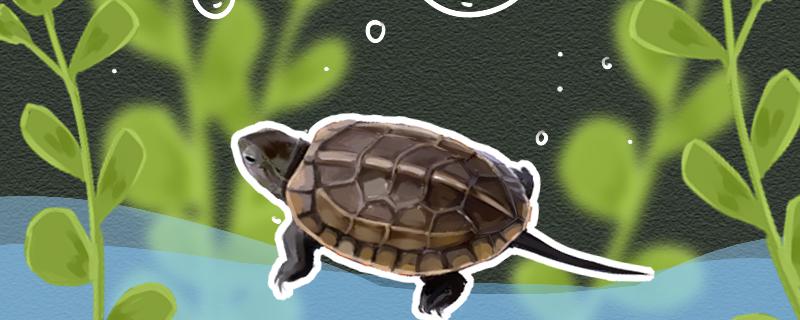 There are generally two reasons why
There are generally two reasons why grass turtles. The first reason is that they are native turtles. In order to better distinguish them from other exotic turtles, the word "grass" is used to represent the native meaning. The second reason is that when they grow up, they mainly prefer plant food and eat more aquatic plants, while most of the other exotic turtles are carnivorous. People who have
raised this kind of turtle have probably seen the scene of mature male turtles, and some adult male turtles will turn black, which is one of the reasons why they are called grass turtles. This kind of tortoise is widely distributed in China, and the number is relatively large. It is also the tortoise that we see in our daily life.
of grass turtles? The biggest difference between grass turtles and other turtles is that they have three edges on their backs. Their limbs are generally short and thick. Because of their physique, they grow very slowly and are much smaller than other turtles. The back color of other turtles is bright, but the back color of grass turtles is basically brown, and some adult males will show ink. If you look closely at their heads, you will find that they have green patterns, which are rarely found in other turtles. Grass tortoises grow slowly because of their living environment, so their size is relatively small.